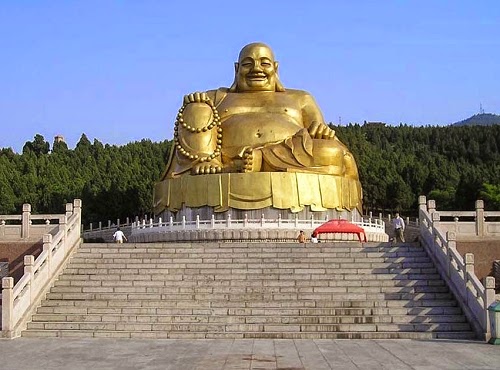The Thousand Buddha
Mountain is a hill located southeast
of the city of Jinan , Shandong Province Xingguochan
Temple
The Thousand Buddha
Mountain is a small hill located about
2.5 kilometres southeast from the center of the city of Jinan Jueshan Mountain
According to a legend related in the Youyang Zazu (Youyang Miscellanies) by
the Tang Dynasty writer Duan Chengshi (800-863), the Thousand Buddha
Mountain Xingguochan
Temple which was originally built
during the reign of Emperor Taizhong of Tang as an expansion of the Sui-Dynasty Qianfo Temple
The Thousand Buddha Mountain Public Park has been developed extensively
for—mostly local tourism. A major tourist attraction is the Myriad Buddha
Cave




No comments:
Post a Comment